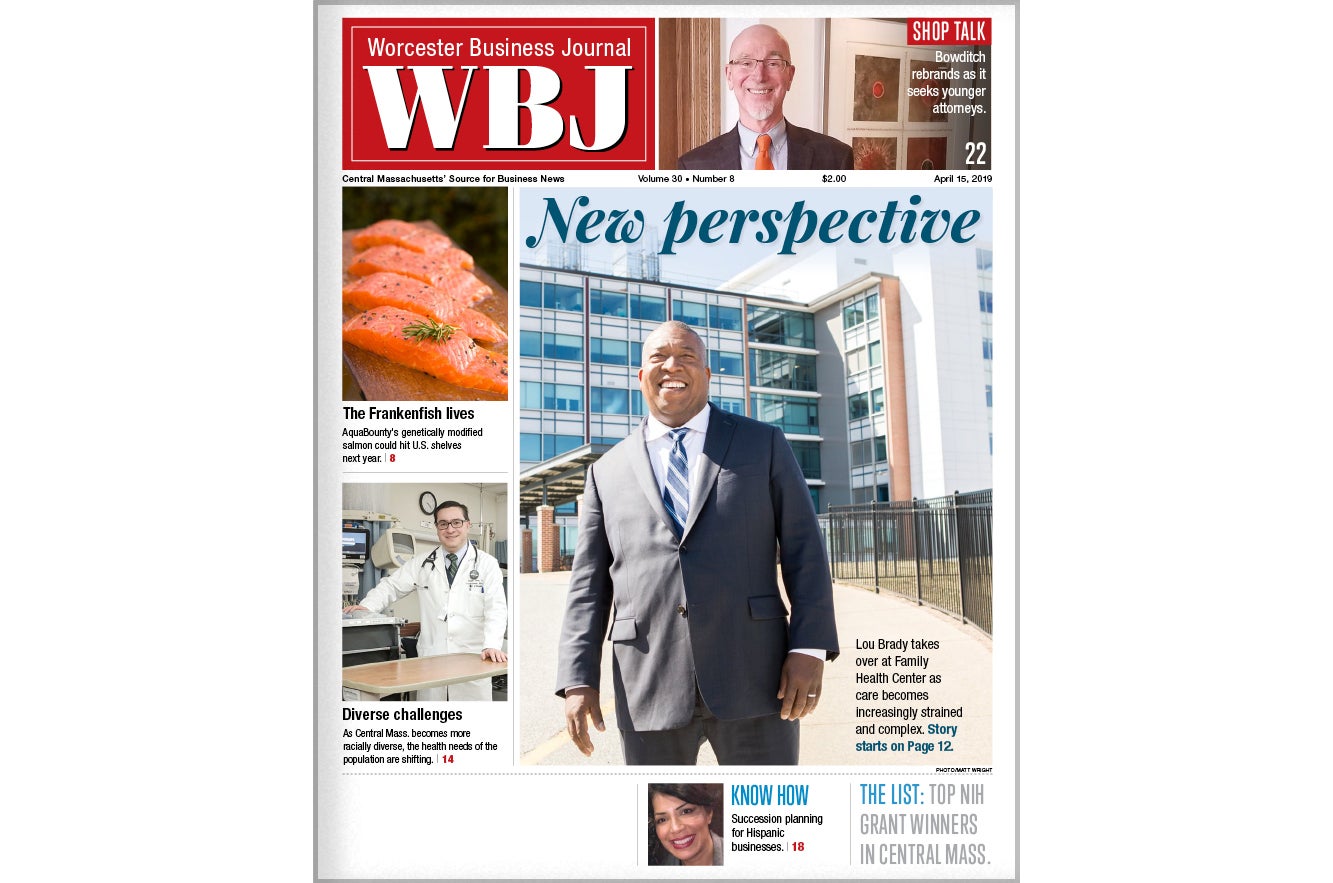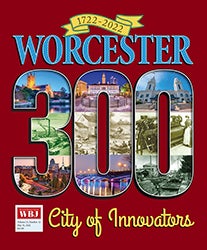Report Urges New Approach To Workforce Development
Public and private workforce development organizations are matchmakers, working to link those looking for jobs with training, and ultimately employers who need workers.
But it can be an imprecise science, one that often requires predicting future labor trends through contacts with local industry. And funding sources confine the methods workforce professionals — anyone in the business of talent and skill development — use to accomplish their task.
Economic sectors rise and fall, employment levels fluctuate and companies look for shifting skill sets from job applicants.
“I think for us, it’s a matter of keeping our finger on the pulse of what industries are going to grow,” said Tim Sappington, executive director of the North Central Massachusetts Workforce Investment Board. “You’re never quite sure about what those are going to be.”
In such a fluid environment, the best approach to workforce development efforts is data-driven, focusing more attention on the needs of employers, according to Commonwealth Corp., a quasi-public state agency.
A new report from Commonwealth lays out a framework for workforce professionals to gauge the impact of their training programs on employers.
It calls for collecting and closely analyzing data about an employer’s problems, such as high employee turnover.
The report says workforce professionals should use that data to show the return on investment of the training for the employer. That could be in the form of reduced costs, greater market share or lower employee turnover.
The method will show value to employers, help draw future employers to training programs, improve the effectiveness of workforce development methods and provide accountability for public funds, the report says.
Without detailed knowledge of a particular business or sector and the problems it faces, workforce professionals will have trouble finding effective training solutions, said Nancy Snyder, president and CEO of Commonwealth Corp.
“If we in the workforce development field don’t fully understand the problems we’re trying to solve, then we’re not going to be successful,” Snyder said.
Workforce development can sound like a broad term, and it is, Snyder said.
“It would include anyone who is in the business of talent and skill development,” she said. That includes career centers, workforce boards, community colleges, management training programs and business managers responsible for talent development for the firm.
Jeffrey Turgeon, executive director of the Central Massachusetts Workforce Investment Board, acknowledged that Commonwealth’s advice seems a bit obvious.
“It kind of sounds like common sense, and it is,” he said. “What they’re suggesting to us is maybe looking at that balance, tweaking how we’re staffing and where we’re putting our resources, rebalancing that a bit on the employer side, versus the job-seeker side.”
Existing Employer Impact
Sappington said his board has focused on employer needs during his 13 years in North Central Massachusetts.
For example, he said the board worked closely with pharmaceutical company Bristol-Myers Squibb in the several years leading up to construction of its $750 million Devens facility.
Using a grant, the board helped coordinate a laboratory worker training program with Mount Wachusett Community College to prepare local workers to fill some of the several hundred jobs the plant would offer.
It was easy to see the impact of that training program for Bristol-Myers, Sappington said.
What is not so simple is measuring the business impact of programs in which there is no one employer targeted, but that prepare job seekers for work in a general industry.
Sappington’s and Turgeon’s boards are working with another workforce board in Western Massachusetts under a grant to train job seekers in HVAC, solar panel installation and building energy audits.
“There won’t really be a way for us to measure a business impact as these people get employed,” Sappington said. “They could go to 20 different places.”
He said he feels strongly that taxpayers should get to see the results of their funds for training programs, however.
Turgeon said he would love it if more of his staff could be out talking to employers and encouraging them to participate in workforce training. But the majority of his funding is not allocated for such activities, he said.
Workforce boards receive much of their funding from the federal Workforce Investment Act, which provides funds to help individual workers. As a result, much of his staff works on the job- seeker side of the house, working with clients looking for training and work.
“We get very little funding we can put towards the general support of the career center, including the employer side,” Turgeon said.
Because much of workforce funding has focused on individual successes, some workforce professionals may be uncomfortable meeting with business managers and asking for their time and financial support for a training project, Snyder said.
But that’s what it often takes to match workers with jobs.
“Increasingly, you need internships and cooperatives as part of training and educational programs,” she said. “You need employers to really step up to do that.”
State Looks To Meet Need
Sappington agreed that federal funding is sometimes too narrowly focused, but said Massachusetts is lucky to have the Workforce Training Fund, which has granted more than $190 million since 1999.
The pool of money is funded by an assessment on employers, who must match grants received dollar-for-dollar.
Turgeon’s board is discussing what the change could mean for its efforts. Plans for a training collaboration with Southbridge-area employers are in the early stages, he said.








0 Comments